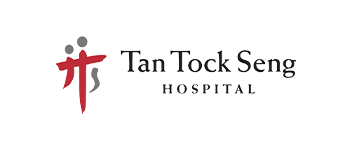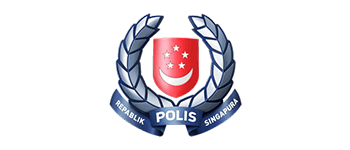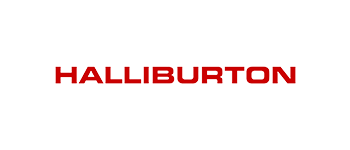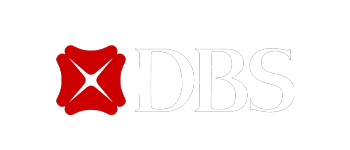
Images play a vital role in enhancing the online experience for users across the world wide web. Whether it’s presenting data, breaking up content, or showcasing portfolio work, visuals are essential in modern website designs. However, the beauty of these images comes with a price – large file sizes that lead to more loading times, impacting site performance. The process of image optimization involves various small yet impactful steps tailored to fit the website’s needs. By optimising image sizes without compromising quality, you can ensure that the images load smoothly, offering a seamless browsing experience.
What is Image Optimization?
Image optimization is the process of creating and handing over the best quality photos in the proper layout, dimension, and resolution. It is a way to strike stability between visual quality and the smallest possible file size. The objective of image optimization for the web is to ensure outstanding performance and fast loading times across various devices accessing the website. Also, it takes into consideration the various devices or platforms from which users access the website, which includes mobile phones and personal computers.
The optimization method takes into consideration various key concerns. Firstly, images must be formatted to show effectively on any device, ensuring constant user experience. Secondly, factors such as resolution and encoding are taken into account to maintain image quality while minimising file size. This is critical to make sure that users can view the best version of the website hastily. There are many other elements that contribute to the optimisation process, including Image file name, metadata, and ALT tags. These factors need to be crafted carefully to boost search engine optimization and the visibility of the website in search results.
The Importance of Image Optimization
Site speed is an important aspect of retaining consumer attention on the internet. Images, being a common cause of slow loading, need to be optimised to ensure speedy page loads. Additionally, unoptimized images can cover useful server disk space, resulting in greater charges or web page shutdowns for those exceeding bandwidth limits. Image optimization addresses those concerns, optimising file sizes, improving web page performance, and making the maximum of server resources.
Moreover, image optimization not only improves website speed and performance but also positively impacts search engine rankings. Search engines like Google consider page load times as a rating component, and quicker-loading pages are much more likely to rank higher. By optimising pixels and lowering image sizes, you enhance your internet site’s usual overall performance metrics. This could contribute to higher engine visibility and increased organic site visitors.
Steps to Do Images Optimization in 2023?
To achieve better site performance, follow these step-by-step image optimization guidelines:

Benchmark Your Current Site Speed
Before starting the optimization process, use tools such as Google PageSpeed Insights, Pingdom Tools, GTMetrix, or WebPageTest to measure your website’s speed.
These speed-checking tools give valuable information about your website’s overall performance. It will help you identify areas that need speed optimization for a better user experience. By knowing your website’s present speed metrics, you can effectively inspect the enhancements done through the image optimization procedure.
Choose the Best Image File Type
Select the suitable image format based on the type of image and its purpose. It’s best to use JPEGs for complicated colour photographs, PNGs for pictures with transparent backgrounds or flat illustrations, and WebP for websites or portfolios. WebP is a modern imgae format that is smaller is size than its counterparts and also takes up less storage. This enables the images to load faster and improve the overal loading speed of the page. Therefore, by using the recommended image formats, you may strike stability between visual appeal and placement performance. This will create an engaging website that captivates users and retains them as your regular customers.
Resize Images Before Uploading
Before uploading photos to your website, resize them to match the required dimensions. Properly sized images reduce loading time and also enhance the user experience. By resizing images before uploading, you can strike a balance between visual quality and loading time, providing a seamless browsing experience for your website visitors.
Compress Images to Reduce File Size
Lossless compression strategies preserve the unique picture quality while reducing image sizes, making them ideal for images that require no quality degradation. On the opposite hand, lossy compression sacrifices a few photo details but achieves better document size reduction. Utilise the cited gear to effectively enforce both the compression approach and optimise your images for improved web performance.
Automate Image Optimization with a WordPress Plugin
For WordPress customers, you can set up image optimization plugins like EWWW Image Optimizer Cloud, TinyPNG, Kraken.Io, or Imagify. These will help automate the compression and resizing of pics to your website. By automating the compression and resizing process, website proprietors can create awareness of creating attractive content and delivering a terrific personal experience.
Use the “Blur Up” Technique for Faster Image Loading
Implement the “blur up” approach to loading decrease-quality images first, developing an illusion of faster image loading, best for pages with several pics.
By gradually revealing higher-quality images as the user scrolls down the page, the “blur up” technique enhances the perceived loading speed. This provides a smoother browsing experience.
Implement Lazy Loading
Lazy loading is a powerful technique that guarantees an easy and efficient user experience. It ensures the loading of the most useful pictures currently available on the user’s display. Delaying the loading of off-display screen images, significantly reduces initial page load times, allowing users to get content material quicker.
As site visitors scroll down the web page, images within their viewport load seamlessly, eliminating needless statistics switches and improving common site performance. This technique not only enhances user experience but also conserves bandwidth and server resources. It makes lazy loading a precious addition to any website aiming to optimize image loading.
Conclusion
Achieving a harmonious balance between visual layout and location performance is critical for creating a tremendous user experience on the web. Optimize images for the website to hold terrific visuals while ensuring quicker loading times. Employ this step-via-step image optimization guide to beautify your website online’s overall performance and provide an unbroken browsing reveal for your customers.















































